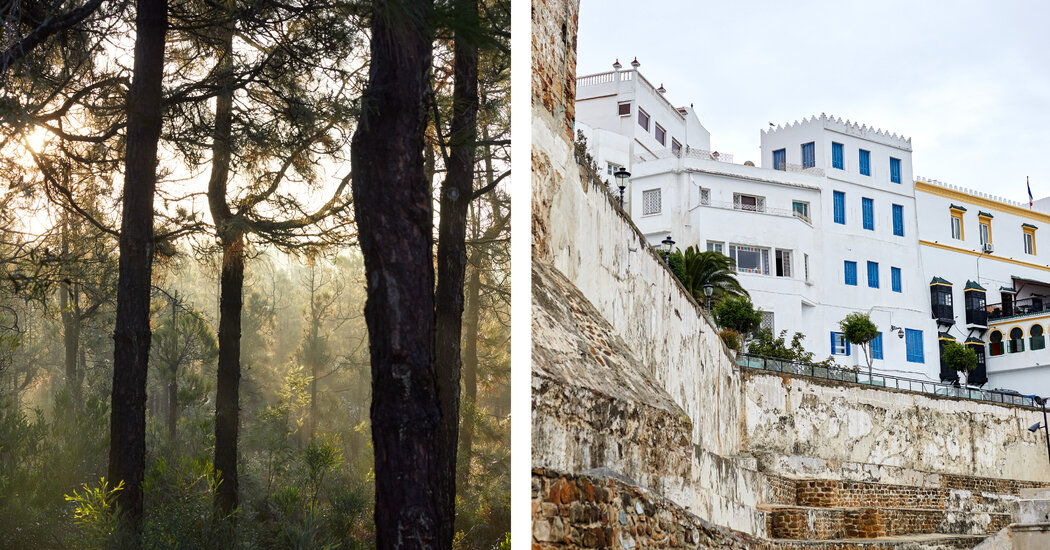T’s monthly travel series, Flocking To, highlights places you might already have on your wish list, sharing tips from frequent visitors and locals alike. Sign up here to find us in your inbox once a month, and to receive our weekly T List newsletter. Have a question? You can always reach us at tlist@nytimes.com.
Situated around 20 miles from Spain on the tip of North Africa, where the Atlantic Ocean meets the Mediterranean Sea, Tangier has been a coveted naval prize for centuries. Phoenicia, the Roman Empire, various Islamic caliphates, Portugal, Spain, England and France all laid claim to this hilly port town. After World War II, the city was an international zone — administered by several countries — until Morocco achieved independence in 1956 and regained full control of it. It was this colorful heritage and these scenic surroundings that helped to entice a steady stream of writers, artists and eccentrics in the mid-20th century, the city’s bohemian heyday.
Today, Tangier’s Tanger-Med port is the largest in Africa, serving as a nexus of international trade. The city has some 1.3 million inhabitants, and the streets hum with a blend of Arabic, French, Spanish and English, many locals flitting easily among them all. Not surprisingly, given this rich history, the architecture is an invigorating mix of styles, from the whitewashed townhouses of the Kasbah (a citadel dating back to the 1600s) to the faded Art Deco hotels and cinemas of the Ville Nouvelle (new town), erected in the first half of the 20th century. But the most compelling new developments in the city are being spearheaded not by expats but by locals. A five-minute walk from the Gran Café de Paris — made famous by the American writer and composer Paul Bowles and the American writer and artist William Burroughs, who frequented it in the 1940s and ’50s — leads to the Rue Khalid Ibn El Oualid (a.k.a. Calle Velázquez), a street in the heart of the old Spanish quarter, where young Tanjawis are slowly reviving the neighborhood. Here, you’ll find Le Kiosk, a bookstore and print shop run by Hicham Bouzid, a founder of the cultural organization Think Tanger, as well as contemporary galleries such as Zawia, opened by Najoua Elhitmi, who last year launched a cultural space called Factory that hosts occasional jazz concerts, speakers and exhibitions. Below, four insiders — including both expats who’ve made Tangier their home for decades and Moroccan-born entrepreneurs and designers…
Click Here to Read the Full Original Article at NYT > Travel…
